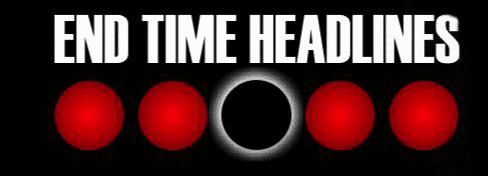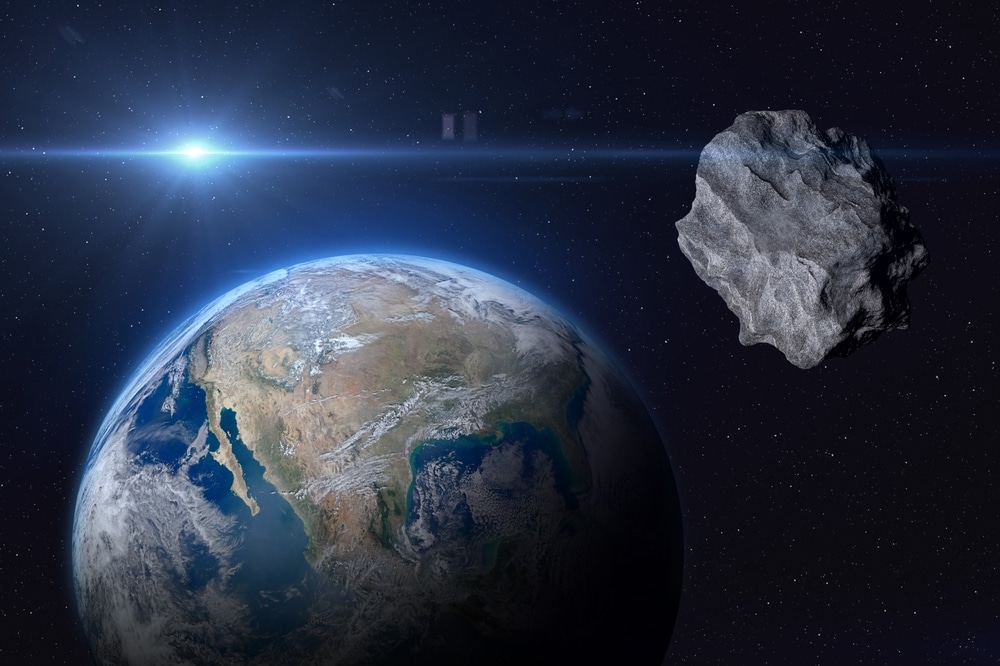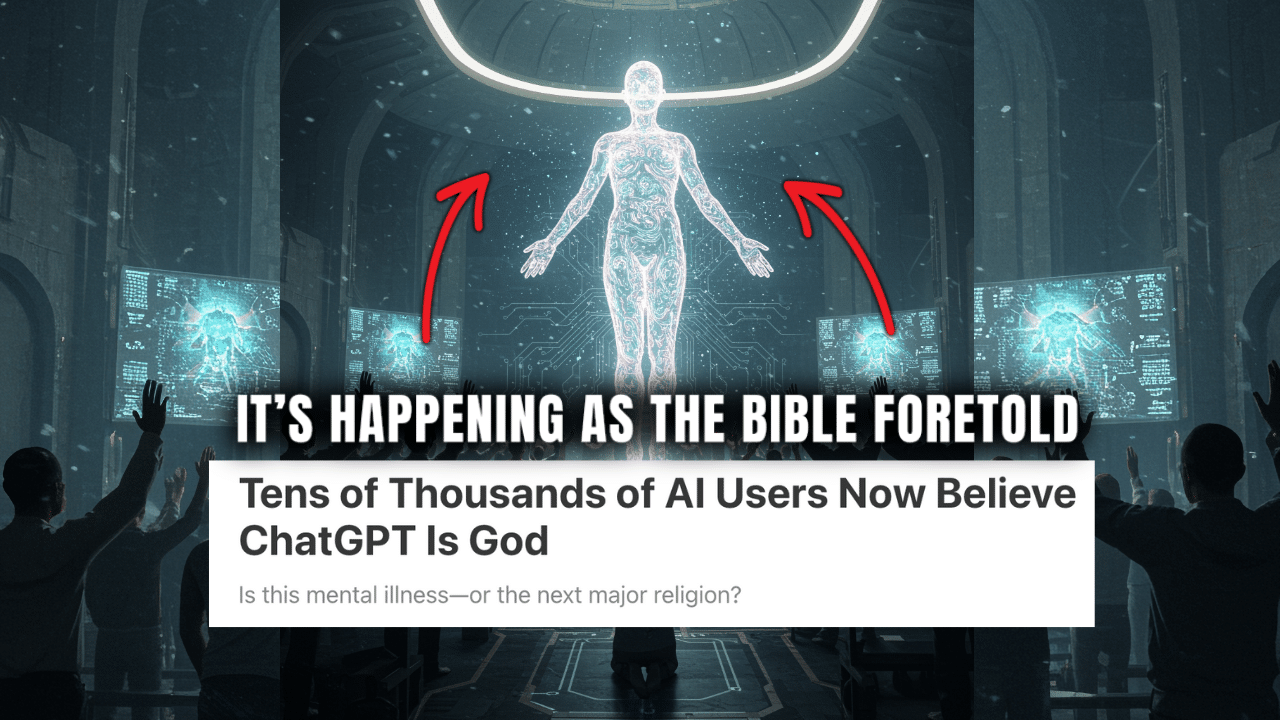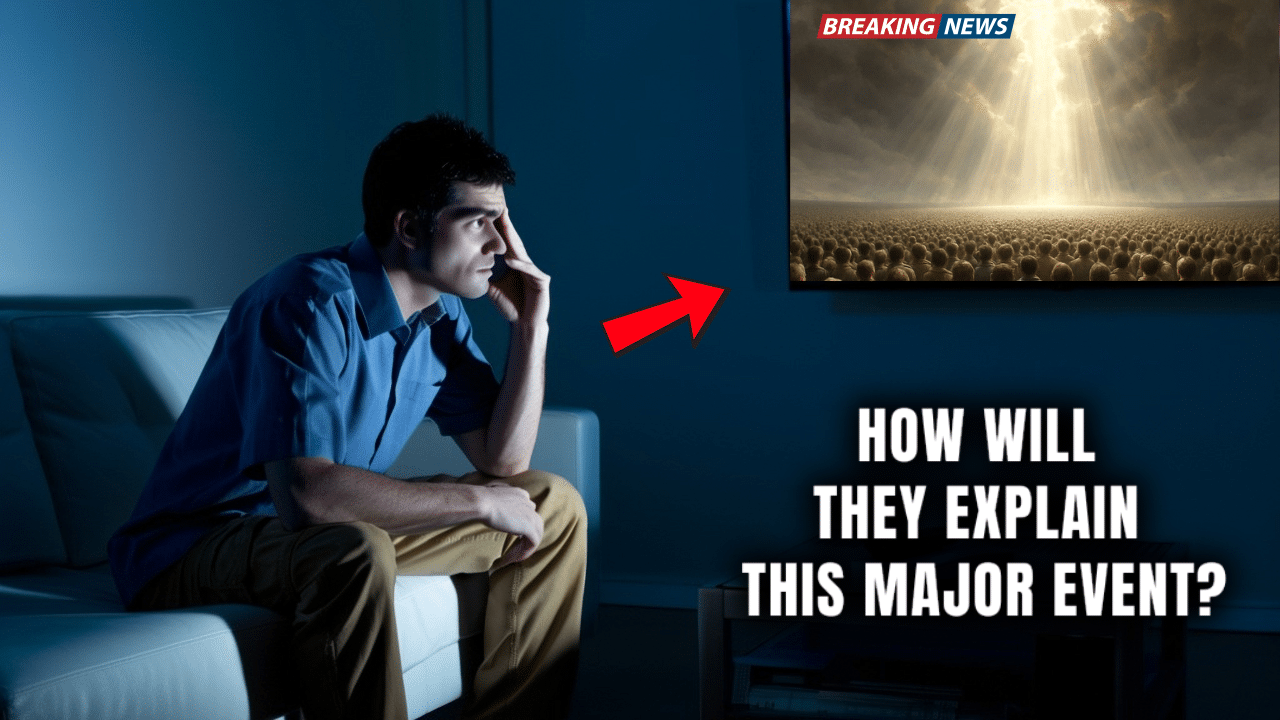In a rare announcement that has captured the attention of scientists and the public alike, NASA has issued a warning about an asteroid with a 4% chance of striking the Moon in 2032.
The news, which has stirred both intrigue and concern, highlights the ongoing efforts to monitor near-Earth objects (NEOs) and assess potential threats to our planet and its natural satellite.
Astronomers tentatively designated the asteroid 2025-XF47. NASA’s Near-Earth Object Observations Program first detected it earlier this year.
According to a statement from the agency, widely reported by outlets like CNN and BBC News, the object measures approximately 150 meters in diameter—roughly the length of a football field.
While this size pales in comparison to the massive asteroid linked to the extinction of the dinosaurs, it is significant enough to cause noticeable effects if it were to collide with the Moon.
NASA’s alert, covered by Reuters, emphasizes that the 4% probability of impact is based on current orbital calculations, which are subject to refinement as more data becomes available.
“We’re tracking this asteroid closely,” a NASA spokesperson told Reuters. “A lunar collision is far more likely than an Earth impact, but the odds remain low. Still, it’s a reminder of how dynamic our cosmic neighborhood is.”
The agency’s Planetary Defense Coordination Office, tasked with identifying and mitigating asteroid risks, has scheduled additional observations over the coming months to narrow down the asteroid’s path.
The potential consequences of a lunar strike have sparked debate among experts, with some perspectives highlighted by The Guardian. If 2025-XF47 were to hit the Moon, it could create a crater several kilometers wide and eject lunar debris into space.
While Earth would likely be spared direct harm, scientists note that such an event could offer a rare opportunity to study the Moon’s composition and the physics of high-velocity impacts.
“It’d be like a natural experiment,” a planetary scientist told The Guardian, “though we’d prefer it didn’t happen.”
Public reaction, as noted in trending discussions on X, has ranged from fascination to mild alarm.
Some users have speculated about apocalyptic scenarios, while others have pointed out that a lunar impact poses no immediate danger to humanity.
News outlets like Space.com have worked to clarify these points, explaining that the Moon’s lack of atmosphere means there would be no shockwave or fireball as seen in terrestrial impacts.
Instead, the event would likely be visible from Earth as a brief, brilliant flash—assuming it occurs on the Moon’s Earth-facing side.
This isn’t the first time an asteroid has raised eyebrows. Historical comparisons have been drawn by outlets such as NPR, which recalled the 2013 Chelyabinsk meteor that exploded over Russia, injuring over a thousand people.
While that event involved a much smaller object and an Earth encounter, it underscores the importance of vigilance. NASA’s current efforts, including partnerships with international observatories, aim to ensure that no significant threat goes unnoticed.
The agency has also hinted at potential mitigation strategies, though details remain sparse. “If the risk increases, we have options,” a NASA official told NPR cryptically, fueling speculation about deflection technologies like those tested in the 2022 DART mission.
Skeptics, however, urge caution in interpreting the 4% figure. An astrophysicist interviewed by Sky News pointed out that early probability estimates for NEOs often decrease as more observations refine the data.
“Four percent sounds dramatic, but it’s more likely this asteroid will pass harmlessly by,” they said. This perspective aligns with historical trends: countless asteroids have been flagged as potential risks only to be downgraded as their orbits become better understood.










